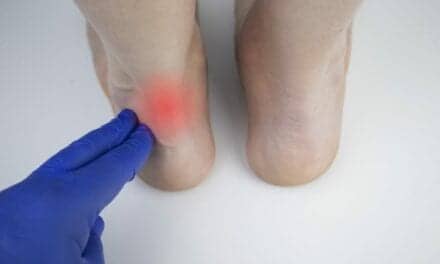A recent study suggests another possible use of stem cells: the ability to be stimulated to make a special type of cartilage to help repair large, hard-to-heal bone fractures.
This finding may have potential for doctors who treat athletes with multimillion-dollar contracts who need to return to play quickly and therefore spend big bucks for their treatment, according to Gage Crump, the study’s lead researcher, and his colleagues, in a media release from the University of Southern California (USC).
In the study, Crump and his team used the regeneration of zebrafish jawbone to show that the processes required for embryonic development are not necessarily repeated during regeneration of damaged body parts like fractured bones.
The release explains that zebrafish are vertebrates that have bones like humans, but are able to regenerate many of their organs. When human bones fracture, a limited cartilage callus forms and is replaced by bone that bridges small but not large gaps.
In zebrafish, however, the researchers suggest that the cartilage callus continued to expand and filled very large bone gaps. This cartilage then changed into bone throughout the large lesion.
“An exciting finding from our work is that, somewhat counterintuitively, cartilage is critical for healing full-thickness bone injuries, says Crump, associate professor of stem cell and regenerative medicine at the Keck School of Medicine of USC, in the release.
“By understanding how this bone-producing cartilage is generated in the simpler zebrafish model, we hope to find ways to create more of this unique cartilage tissue in patients to better heal their bones,” he adds.
A thin lining of stem cells on the bones’ surface helps maintain bone mass throughout one’s life. In studying the zebrafish, the researchers have identified a gene, called indian hedgehog a (ihha), that is responsible for spurring the stem cells to shift from making bone to making cartilage that will repair broken bones.
According to the release, zebrafish that lack this gene are unable to make cartilage in response to bone injury, and they heal poorly.
The study was published recently in the journal Development.
[Source(s): University of Southern California, EurekAlert]





